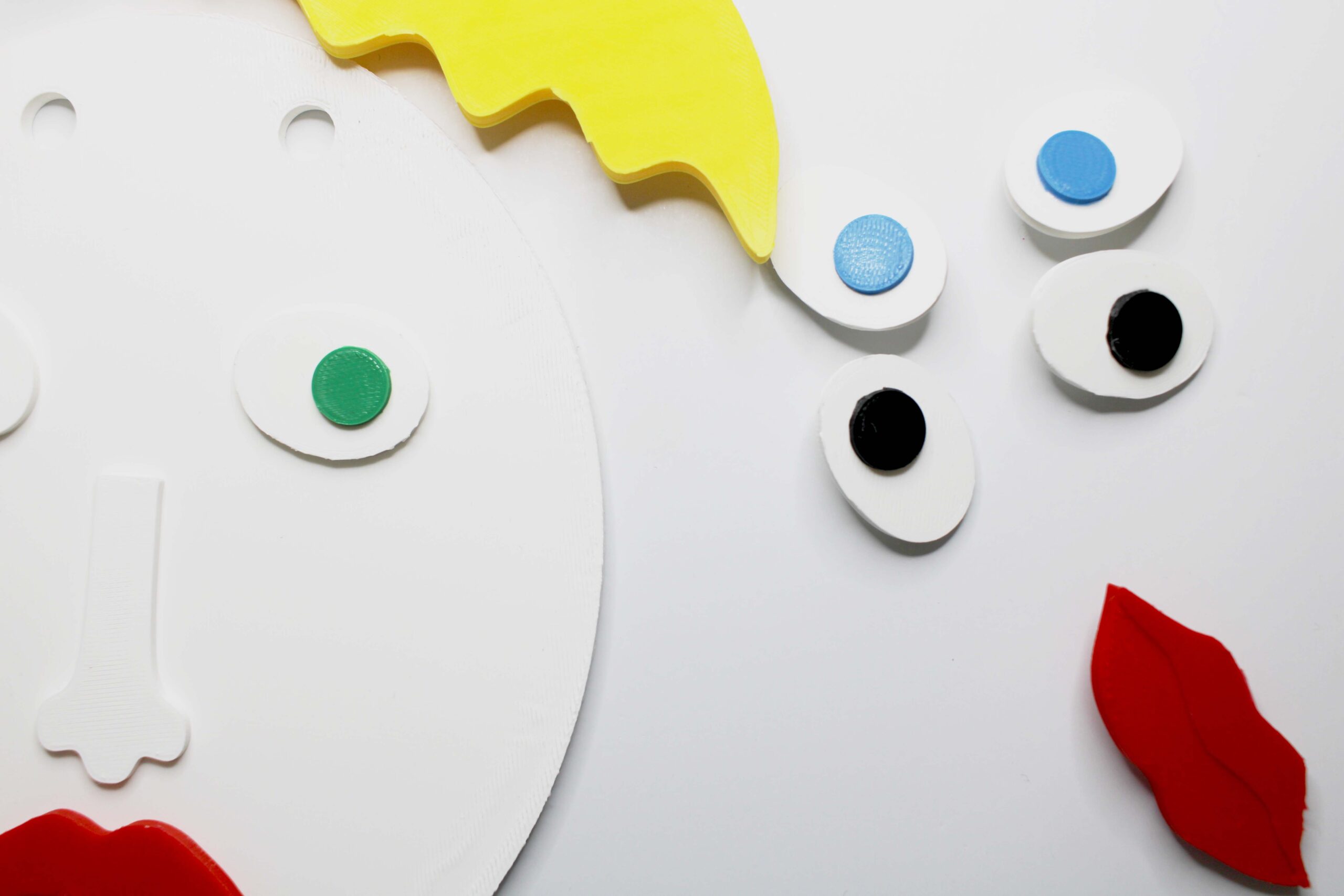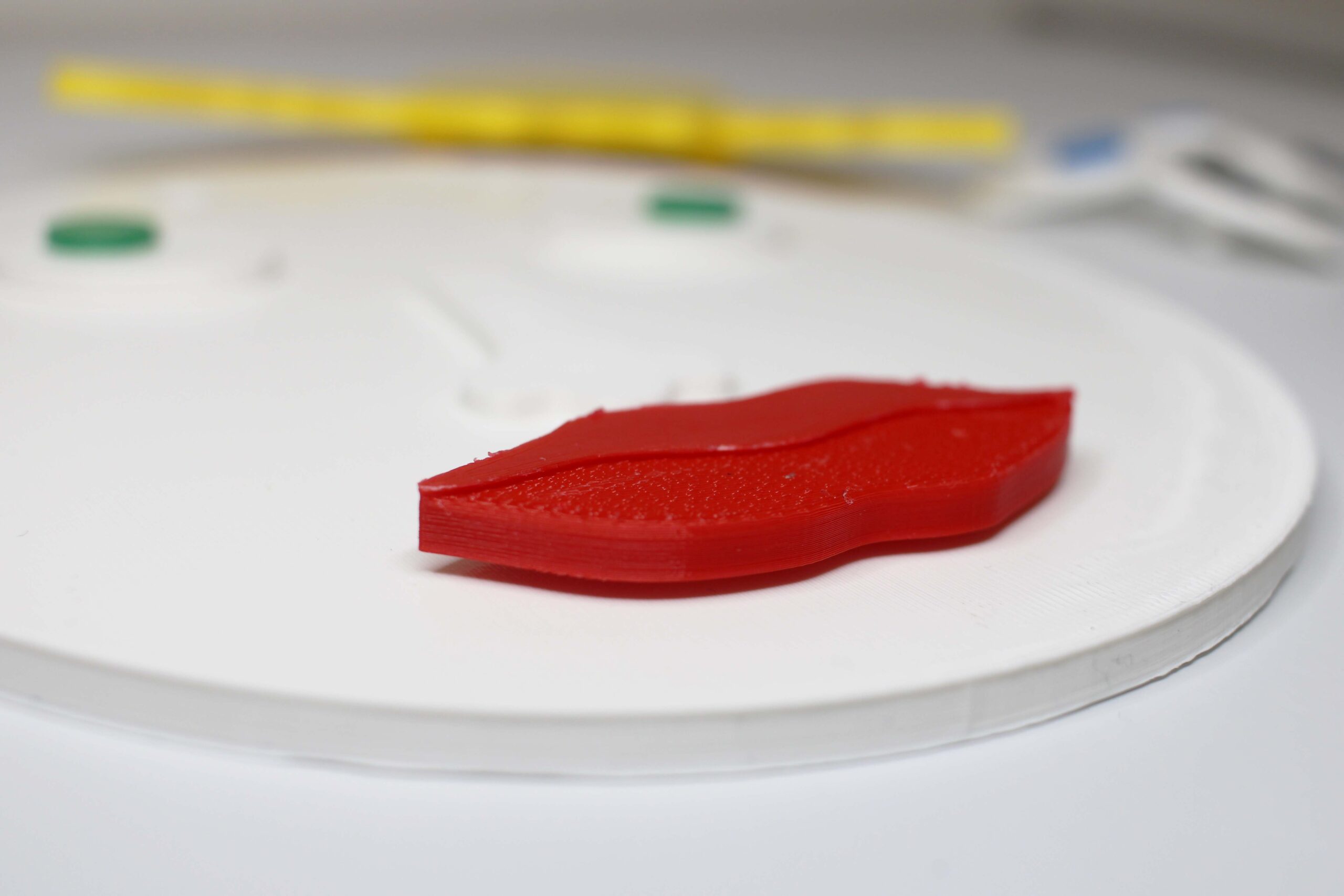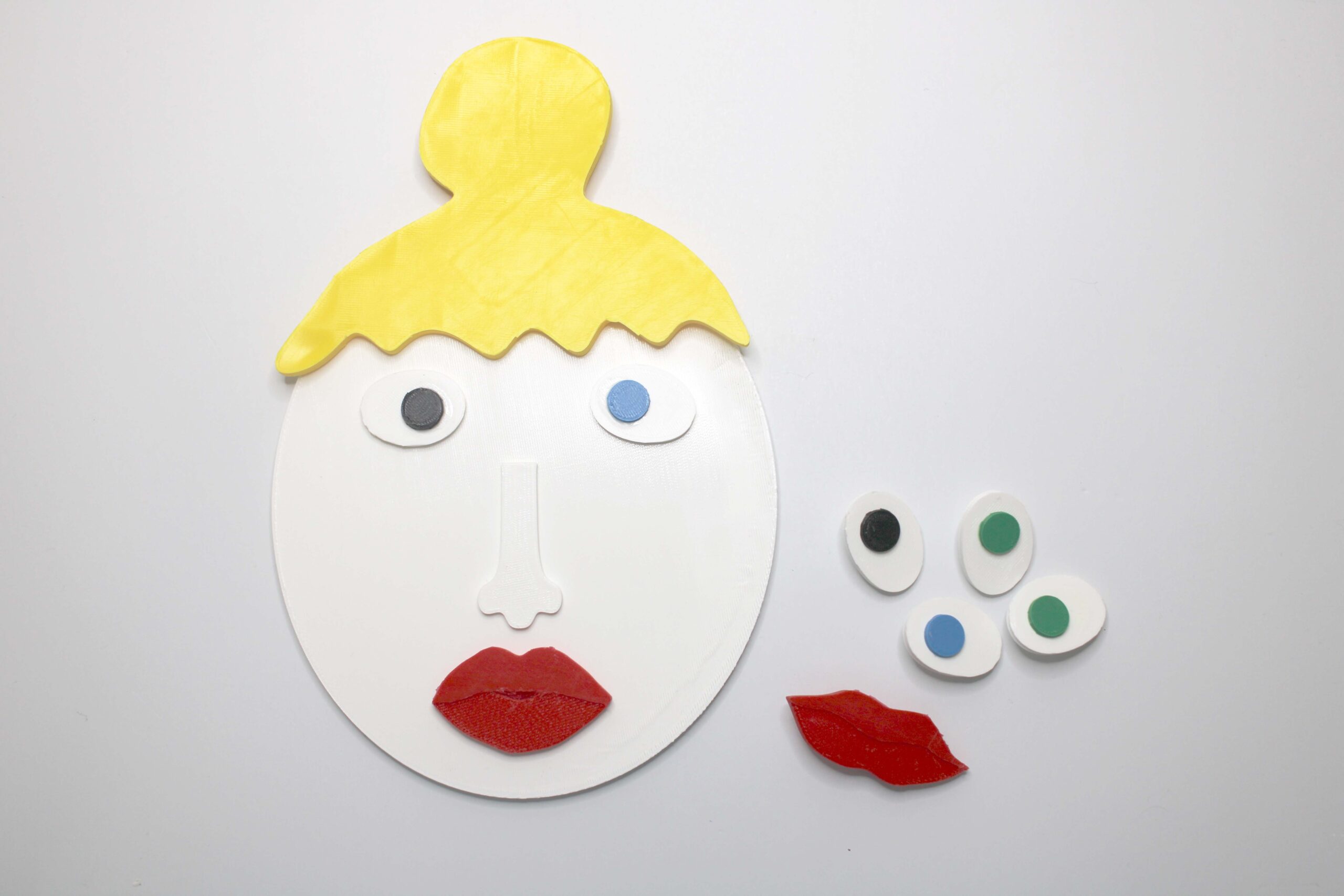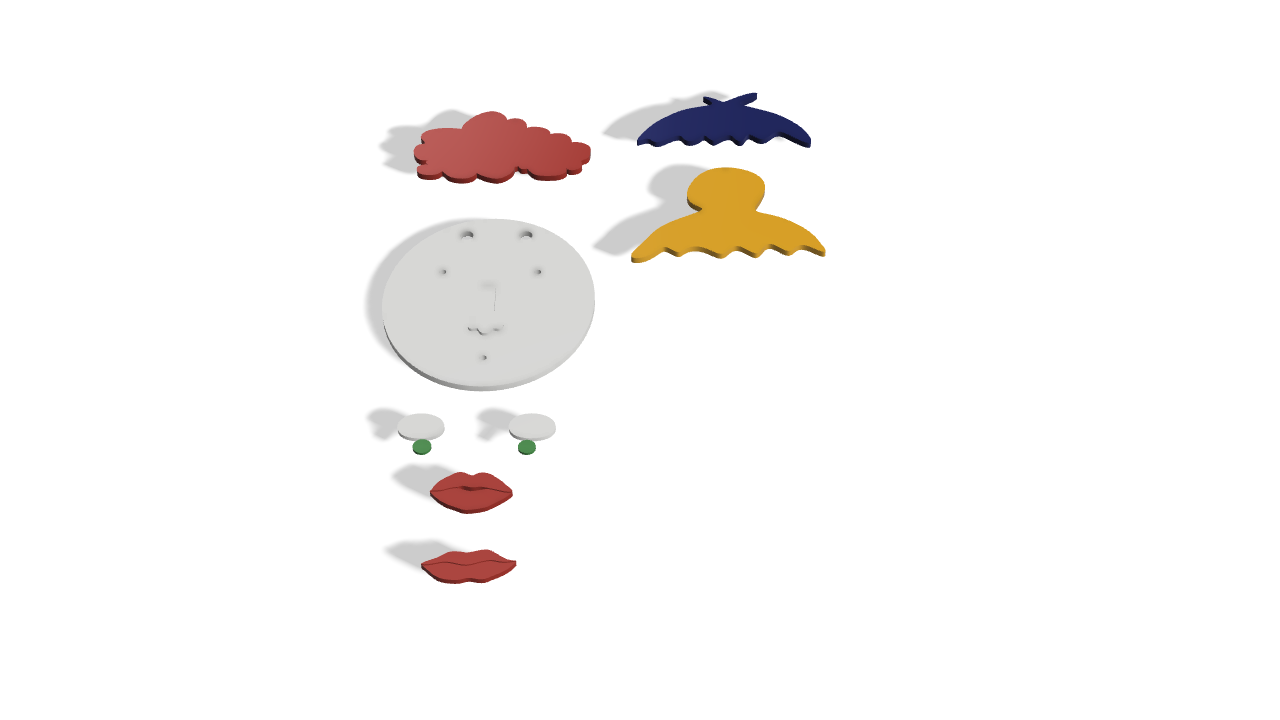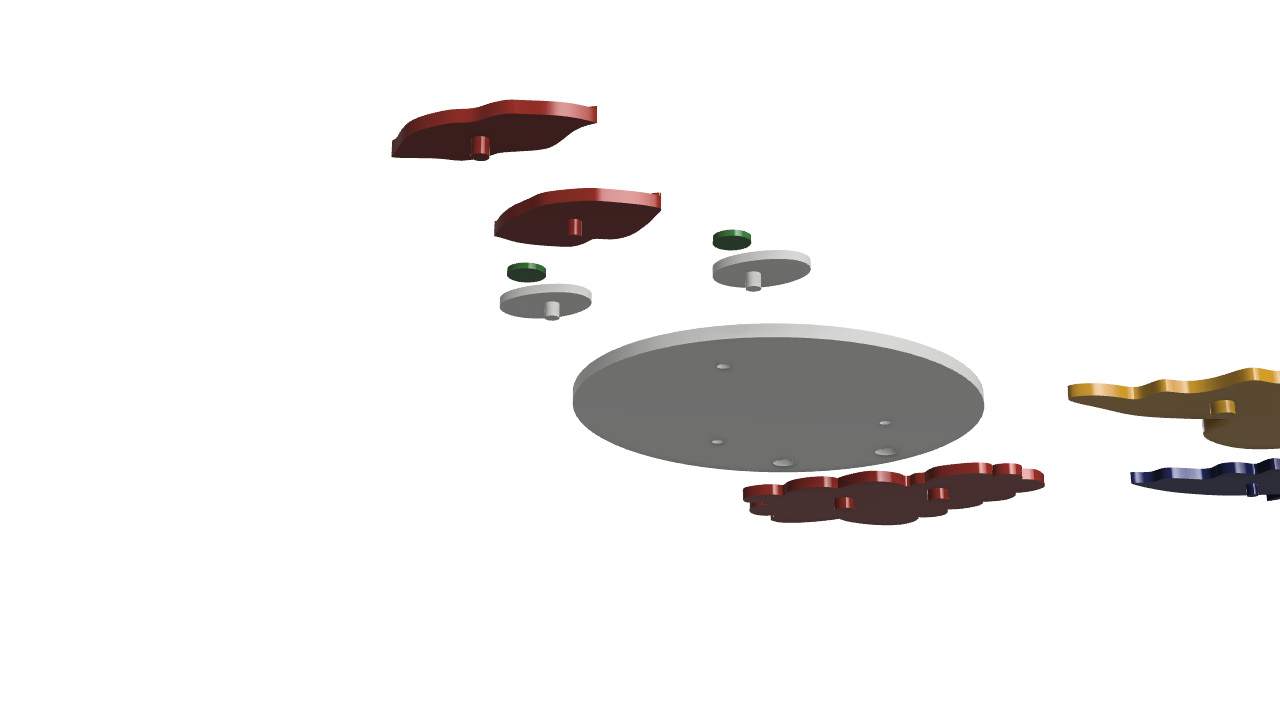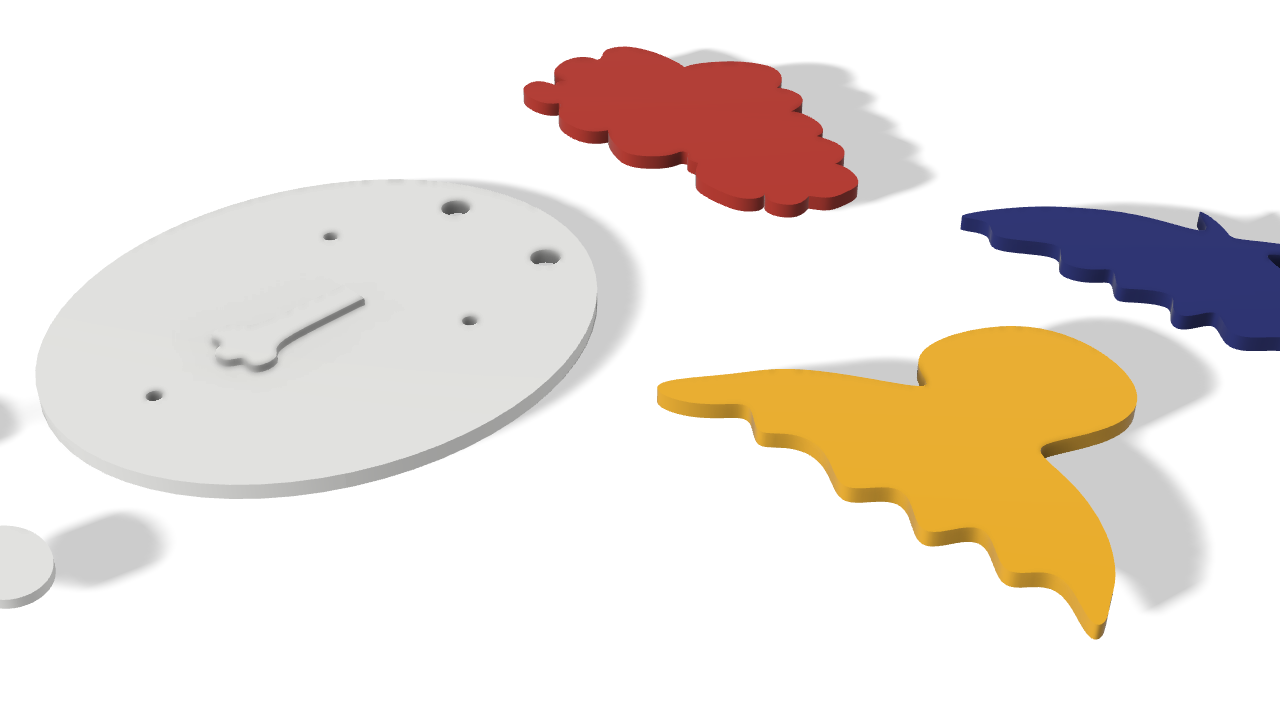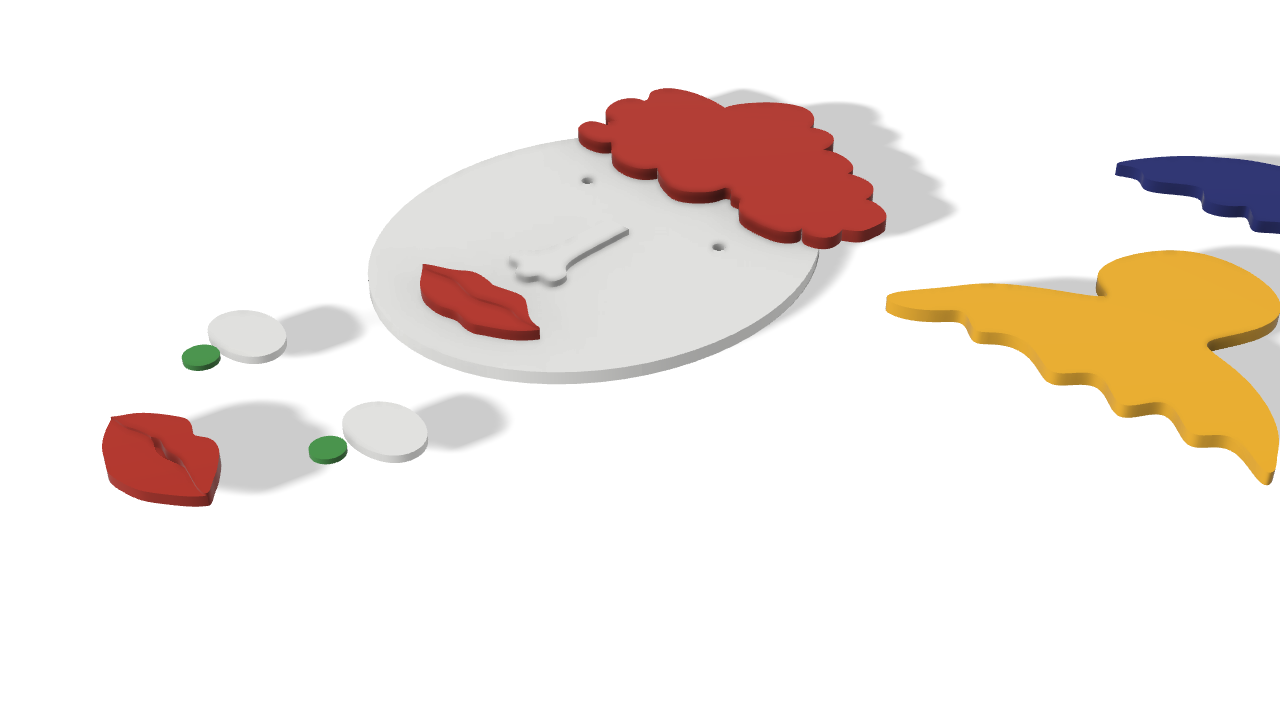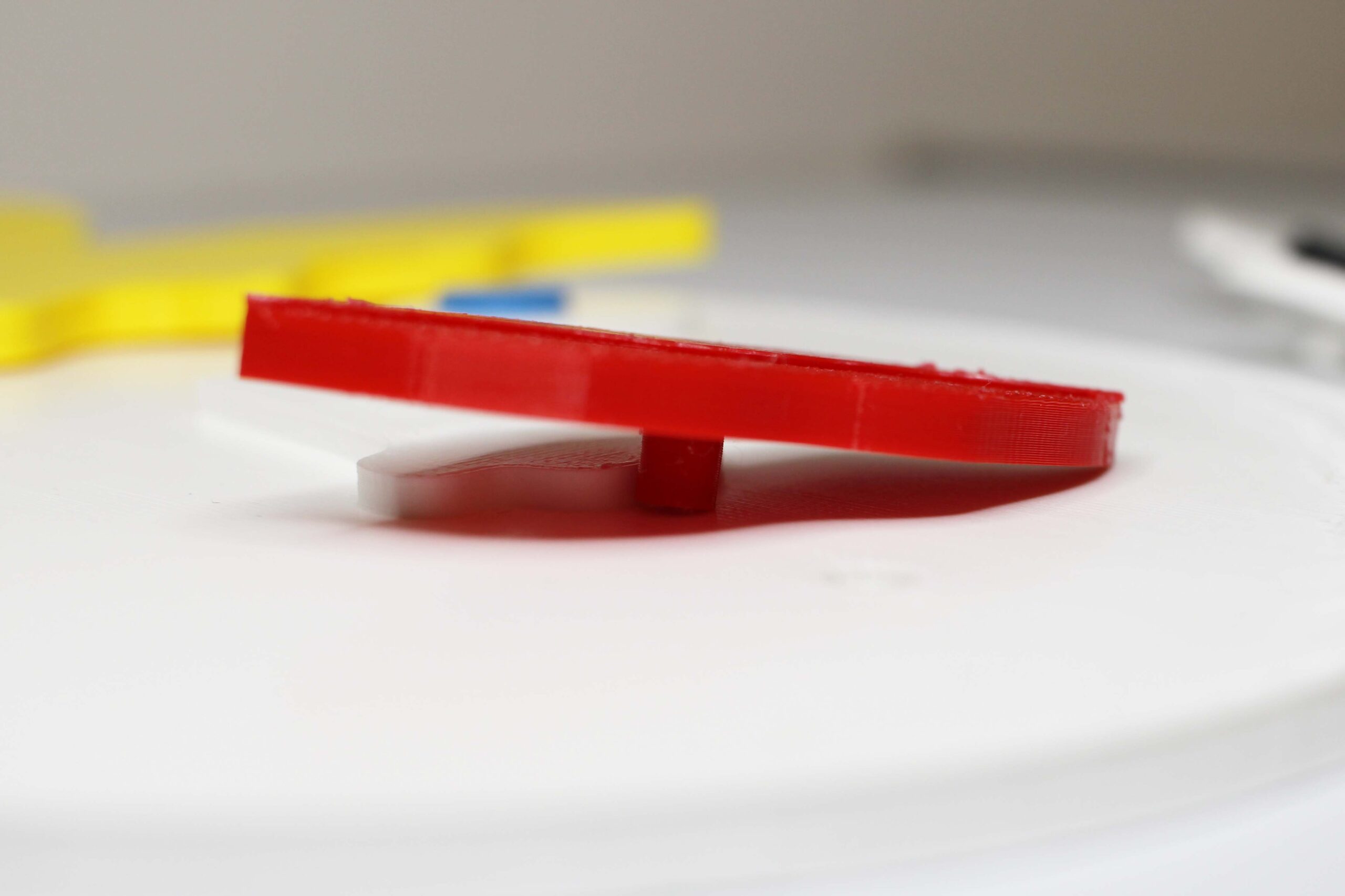
About
Exercise name:
Who’s who?
Which cognitive area is it related to?
Concentrations, Coordination, Short-term memory, Spatial memory, Working memory
Description of the exercise:
This exercise develops and maintains the ability to memorize the characteristic signs of people close to the patient with dementia. The characteristic signs are those from the neck up, such as: eye color and hair color. Even with the different women and men face shape, such as: long or short hair, brown or blond.
Who is the game for – The game is suitable for professionals in a day center and residential service, as well as for a family caring for a loved one with dementia. It is suitable for people with mild to moderate dementia.
Necessary materials – prefabricated parts of the face and face model, different color of eyes and hair. Even with different facial shapes of women and men, such as: long or short hair, brown or blonde. All materials must be placed in a suitable box. It’s good to be in the Memory Box. The materials must be large enough to be picked up by the elderly.
Preliminary preparation – Make sure that there is enough material in the Memorial Box for all participants.
Participants – This game is individual but can be played in groups of up to 6 participants. The moderator or caregiver only explains the rules and helps if necessary. It is very suitable for families caring for their loved ones but can also be used for long-term care in day and resident services.
Location – Choose a quiet place where the person with dementia and the person around you feel comfortable, e.g. around a dining table or coffee table where materials can be spread. There must be enough light. Make sure the person with dementia has taken glasses or other aids such as a hearing aid so that you can communicate.
Presentation – explain what you will do together, in a calm and fun way.
Make sure that the person with dementia understands the idea that he should make the face of a loved one. Select the necessary parts of the face. Ask questions about the color of the eyes and hair of the person whose face will be made. Help if necessary.
When the face is done, ask the question about the person.
Who is this …………………………
How do you say …………………………
What’s he to you ………………………………..
What memory do you have with him …………………………
Is there a funny story to tell ……………………………..
Finally, congratulate all the players for the nicely job done! Put the materials in the box and arrange to return to this game in time.
How can this model be used at home and in residential care/nursing homes?
The model can be used as an exercise for Alzheimer sufferers, to be able to remember the characteristics of loved ones: son or daughter, granddaughter, etc.
Under a request from the caregiver to remember the particular signs that distinguish a relative.
What benefits can be obtained with its use?
This exercise brings benefits to exercising one’s memory, but above all to having reference points to recognize a person.
Technical specification of the model
Technology:
FDM
Material:
PLA
Colour (One piece one colour):
Negative: three (anycolour)
Positive hair: three black, three yellow, three orange.
Positive eyes: three black, three blu, three green.
Suitable dimensions for its use in the classroom (MM):
Tablet with the shape of the face 18 mm x 16 mm
Should the piece be resistant or be subjected to stress?
Yes
Should it be printed during meeting with person with dementia, before or after?
It must be printed before the therapeutical session.
Do you have to paint the model?
No
Number of pieces of which the model is composed:
Two pieces.
Ensemble type if necessary (slot, clip, screwed ...)
No
Accuracy and definition required. (Quality) Low, mid or High.
Medium
Images
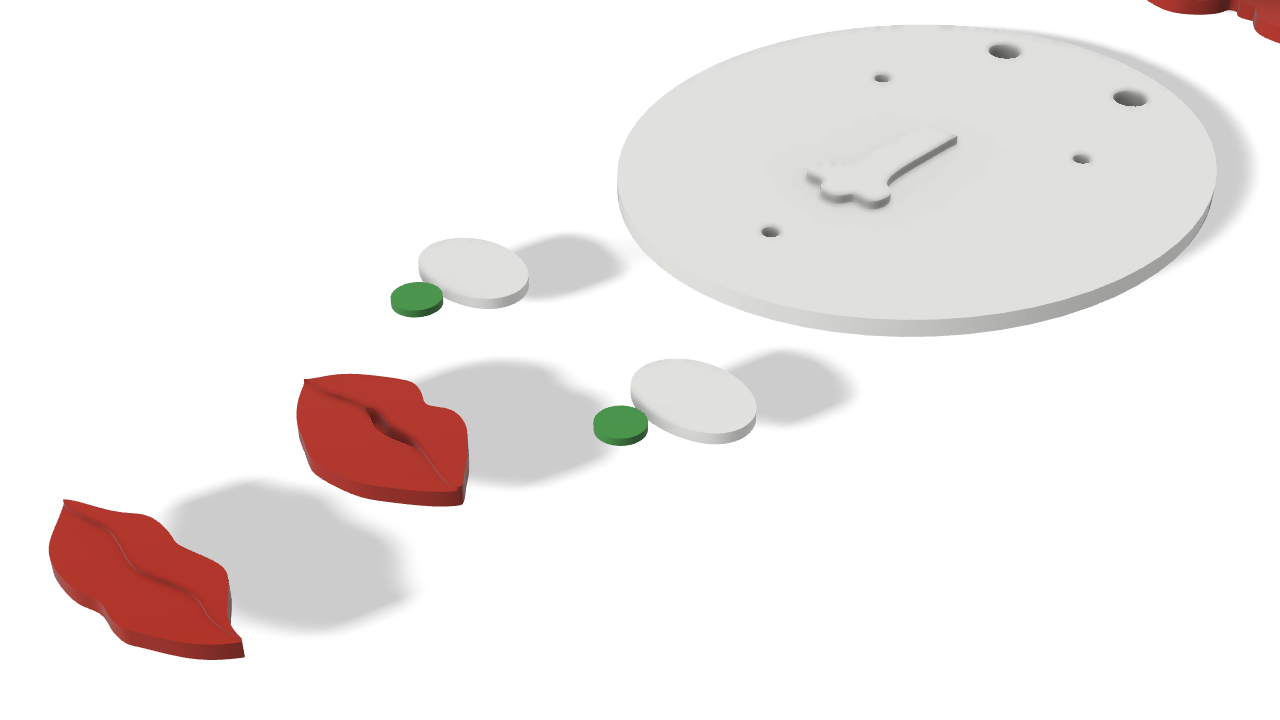
STL files viewer
Good luck!

